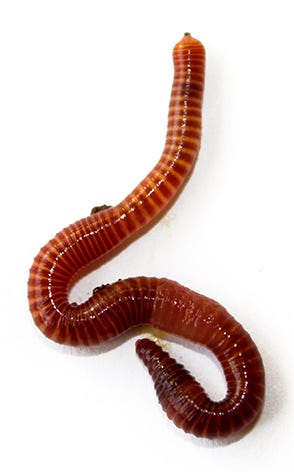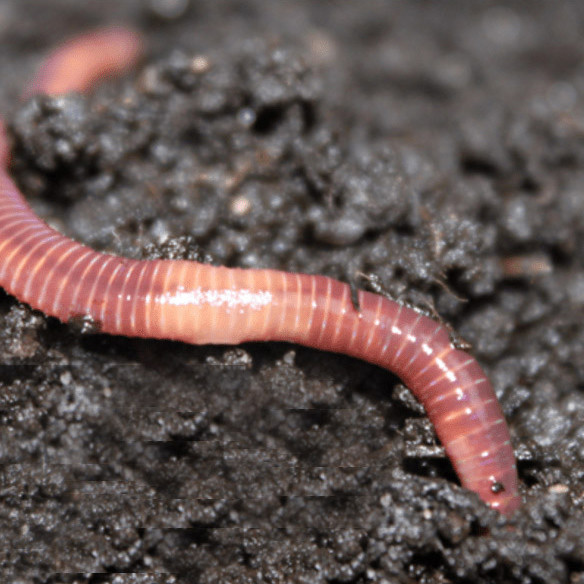Red Wigglers: Your Eco-Friendly Solution for a Greener Garden
Red wigglers, or Eisenia fetida, provide a lasting strategy to enhancing yard health with vermicomposting. By integrating red wigglers right into your horticulture techniques, you can effectively manage waste while nurturing a dynamic environment.
(Red Wiggler Express Hickory NC)
What Are Red Wigglers?
Although commonly mistaken for normal earthworms, red wigglers (Eisenia fetida) are a distinctive types known for their performance in composting raw material. These worms flourish in abundant, organic environments, such as garden compost piles and vermicomposting systems, where they play a critical function in damaging down waste. Unlike their more common equivalents, red wigglers choose a warmer environment, normally between 55 ° F and 77 ° F, which maximizes their task and productivity.
Red wigglers are defined by their reddish-brown pigmentation and fractional bodies, which can grow up to four inches in length. They have an one-of-a-kind capacity to take in and absorb organic products at an impressive rate, refining up to half their body weight daily. This quick decomposition procedure not just enriches the dirt yet also adds to the total health and wellness of the yard ecosystem.
In terms of recreation, red wigglers are respected, with the ability of producing cocoons which contain multiple eggs. This enables for fast populace development, making them an optimal selection for composting endeavors. Their adaptability and starved cravings for natural waste position red wigglers as a crucial ally for environmentally mindful garden enthusiasts looking for lasting techniques.
Benefits of Using Red Wigglers
Using red wigglers in the garden uses countless benefits that improve both dirt quality and plant health and wellness. These earthworms are outstanding decomposers, breaking down natural matter such as kitchen scraps and yard waste into nutrient-rich castings. These castings, frequently referred to as "worm gold," give essential nutrients that improve soil fertility, promoting dynamic plant development.
Red wigglers additionally boost dirt framework. Their burrowing task freshens the dirt, promoting better water seepage and origin infiltration. This causes a much healthier root system, which is important for nutrient uptake and general plant vitality. Furthermore, the presence of red wigglers increases microbial activity in the dirt, creating a thriving ecosystem that contributes to condition resistance and boosted plant health and wellness.
Another significant advantage of utilizing red wigglers is their ability to lower waste. By composting organic products with vermicomposting, gardeners can draw away waste from landfills while all at once enhancing their soil. This environmentally friendly technique not only supports lasting practices yet also cultivates a healthier setting. In summary, incorporating red wigglers into gardening techniques yields significant benefits, making them a beneficial addition to any eco-conscious yard.
(red wigglers)
Just How to Beginning Vermicomposting
To start vermicomposting, it's vital to develop an ideal atmosphere for red wigglers to prosper, as their success directly impacts the performance of the composting procedure. Beginning by picking a container, such as a plastic or wood container, with sufficient drain and ventilation. A size of around 2 square feet is excellent for a family, enabling a manageable worm population.
Following, prepare bed linen material that is damp yet not overly wet. Shredded paper, cardboard, and coconut coir are exceptional choices, providing a comfy habitat while additionally offering as a carbon source. Load the bin with 4 to 6 inches of bed linens.
After developing the bed linens, present your red wigglers. A normal starting populace has to do with 1 pound of worms, which can take in roughly half an extra pound of food scraps daily. It is important to include food scraps slowly, focusing on vegetable peelings, fruit waste, and coffee premises, while preventing meat, dairy, and oily foods to avoid smells.
Maintaining a Healthy And Balanced Worm Bin
As soon as your red wigglers are settled right into their new bed linen, keeping a healthy worm container becomes extremely important to guarantee optimum composting conditions. The main elements to keep track of consist of moisture, temperature level, and aeration. Preferably, the worm bin should be kept damp yet not soggy; a humidity degree around 60-70% is ideal. To achieve this, regularly inspect the bed linens and include water as needed, while likewise making use of completely dry materials such as shredded newspaper to take in excess dampness.
Temperature control is just as necessary. Red wigglers grow in settings in between 55 ° F and 77 ° F(13 ° C to 25 ° C) Stay clear of subjecting the bin to extreme temperature levels; severe warm can kill the worms, while excessive cold can reduce their task.
Oygenation is vital to stop anaerobic problems, which can cause unpleasant odors and damage the worms. Transform the bedding gently every couple of weeks to promote airflow and disperse food uniformly.
Feeding your red wigglers is one more critical facet. Deal a balanced diet regimen of cooking area scraps, preventing citrus and spicy foods, which can be detrimental to their wellness. By regularly keeping track of these factors, you can make certain a successful community within your worm container.

Tips for Using Worm Castings
Regularly integrating worm castings into your yard can considerably boost soil health and wellness and plant development. To effectively use worm spreadings, begin by figuring out the appropriate application rate, which commonly ranges from 10-20% of the overall dirt quantity. This guarantees ideal nutrient schedule without overwhelming your plants.
When applying worm spreadings, blend them into the top few inches of click here for info dirt around well-known plants or incorporate them into your seed-starting mix for brand-new seed startings. This practice promotes root advancement and enhances dampness retention. Additionally, consider producing a worm tea by soaking worm spreadings in water for 24-48 hours. This nutrient-rich fluid can be made use of as a foliar spray or dirt drench, offering an immediate increase to your plants.

Conclusion
The application of red wigglers in gardening practices provides a sustainable strategy to lose management and dirt enrichment. These composting worms not only transform organic waste right into useful nutrients but additionally enhance dirt structure and advertise a healthy microbial ecological community. By embracing vermicomposting techniques, garden enthusiasts can effectively add to environmental sustainability while enhancing plant health. The combination of red wigglers right into gardening regimens inevitably supports both eco-friendly balance and farming performance.